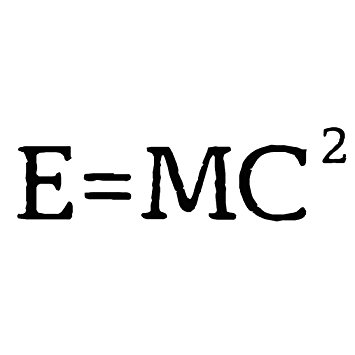
It may not be rocket science, but measuring our dogs, whether it’s for a winter coat, or to see if she meets her breed’s standard, is a good thing to know how to do.
A Basset Hound is about twice as long as she is tall, but an Aussie (Shepherd) is also slightly longer than tall. A Poodle is square, but so is a Puli. Proportions matters, but unless we’re all on the same page within our respective breeds, we might be talking about the same thing, but not communicating. You might be surprised how many people get crosswise with each other because they’re not measuring their dogs the same way.
While this may be old news to experienced dog people, it can’t hurt to review for newbies (and people who’ve gotten it wrong from the beginning):
Measuring height is done the same way in all breeds, and that means it’s measured from the highest point of the withers (the highest point of the shoulders) to the ground. For people who have access to a wicket (and this might be a good time to mention for the benefit of show people that measurements can be performed only on those breeds where a certain height is specified in the breed standard as a DQ or class eligibility, and only once during the show. To see more AKC regulations on this, go here. If you’re a visual learner, go here).
FYI: Some breeds have a rump higher than their withers, such as the Old English Sheepdog). And did you know that the word “withers,” is an old Anglo-Saxon word originally used to describe the part of a horse or mule that pushed against its harness collar? It means “against.”
But we digress. Now that you know how to measure the withers, you need to know how to measure length, and this is where we’ve noticed that most people get it wrong because unlike the withers, measuring a dog’s length varies by breed. Some breeds are measured from the pelvis, some from the point of the buttocks, the stern, the hindquarters, tail roots, and so on, and they’re measured from those points to the breastbone, forechest, point of shoulder, and so on. There’s no easy one-method-fits-all way to measure a breed because it depends upon the breed, and that means you need to know what your breed calls for.
Knowing a dog’s length and height isn’t enough, however, to determine proportions (or balance) when we consider that leg length, coupling, and angulation can impact one’s perception of proportions. It’s also a mistake to think that when length equals height, it means a dog is square, particularly in terriers. Down the road, we’ll pick apart these components, but for now, go measure your dog!
